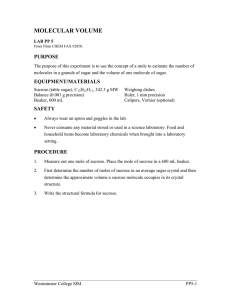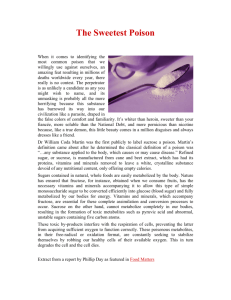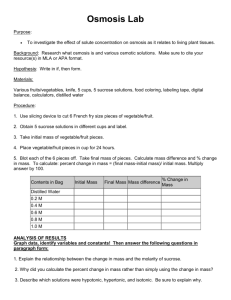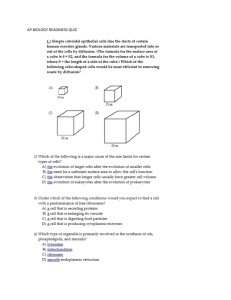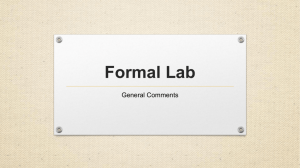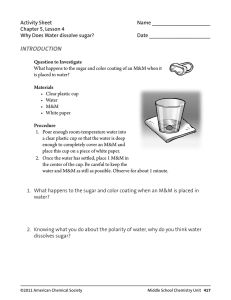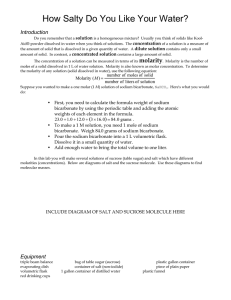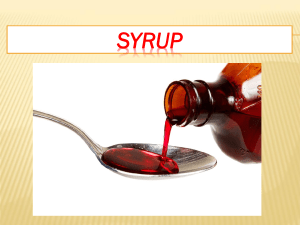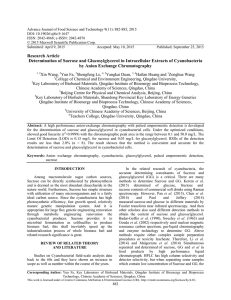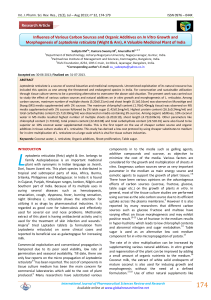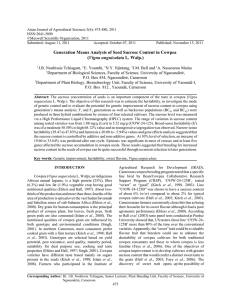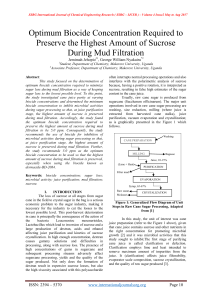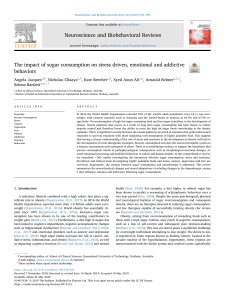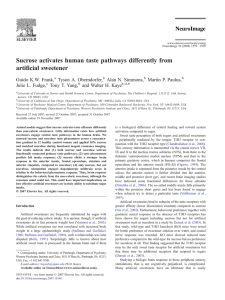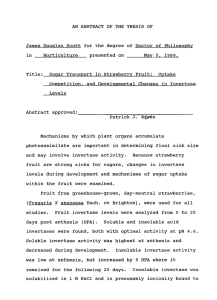Curriculum Connection - A Taste of Chemistry
advertisement
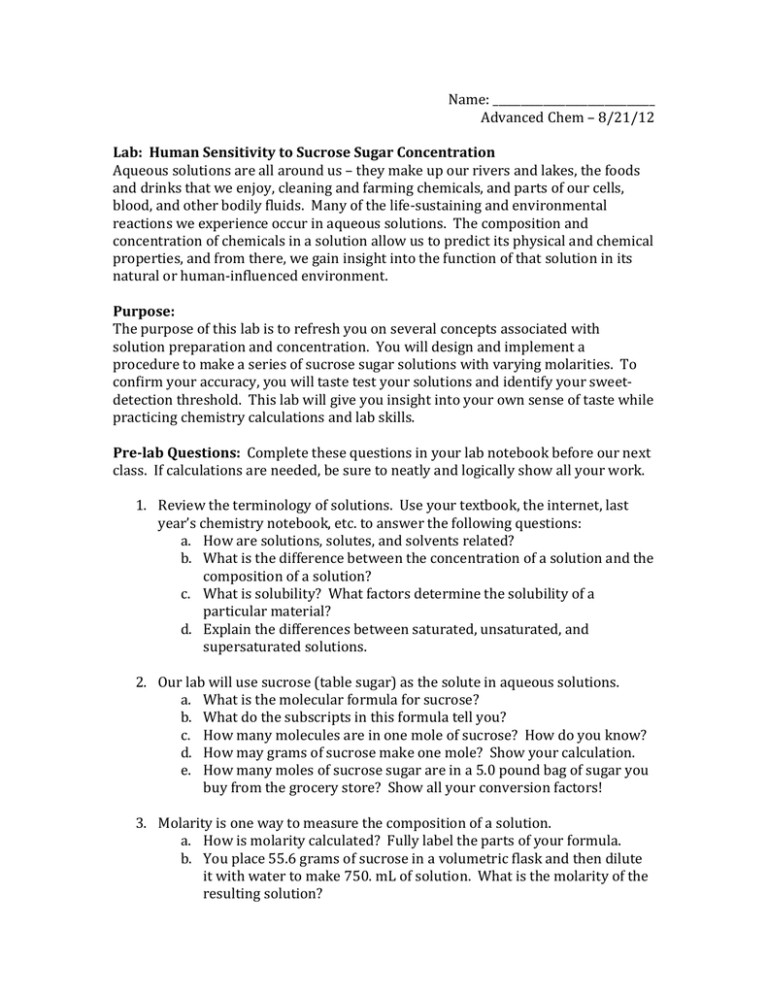
Name: _____________________________ Advanced Chem – 8/21/12 Lab: Human Sensitivity to Sucrose Sugar Concentration Aqueous solutions are all around us – they make up our rivers and lakes, the foods and drinks that we enjoy, cleaning and farming chemicals, and parts of our cells, blood, and other bodily fluids. Many of the life-sustaining and environmental reactions we experience occur in aqueous solutions. The composition and concentration of chemicals in a solution allow us to predict its physical and chemical properties, and from there, we gain insight into the function of that solution in its natural or human-influenced environment. Purpose: The purpose of this lab is to refresh you on several concepts associated with solution preparation and concentration. You will design and implement a procedure to make a series of sucrose sugar solutions with varying molarities. To confirm your accuracy, you will taste test your solutions and identify your sweetdetection threshold. This lab will give you insight into your own sense of taste while practicing chemistry calculations and lab skills. Pre-lab Questions: Complete these questions in your lab notebook before our next class. If calculations are needed, be sure to neatly and logically show all your work. 1. Review the terminology of solutions. Use your textbook, the internet, last year’s chemistry notebook, etc. to answer the following questions: a. How are solutions, solutes, and solvents related? b. What is the difference between the concentration of a solution and the composition of a solution? c. What is solubility? What factors determine the solubility of a particular material? d. Explain the differences between saturated, unsaturated, and supersaturated solutions. 2. Our lab will use sucrose (table sugar) as the solute in aqueous solutions. a. What is the molecular formula for sucrose? b. What do the subscripts in this formula tell you? c. How many molecules are in one mole of sucrose? How do you know? d. How may grams of sucrose make one mole? Show your calculation. e. How many moles of sucrose sugar are in a 5.0 pound bag of sugar you buy from the grocery store? Show all your conversion factors! 3. Molarity is one way to measure the composition of a solution. a. How is molarity calculated? Fully label the parts of your formula. b. You place 55.6 grams of sucrose in a volumetric flask and then dilute it with water to make 750. mL of solution. What is the molarity of the resulting solution? Lab Procedures: Safety: Special consideration must be given to lab safety since you will taste the solutions that you prepare. This lab will be done in the regular classroom (not the lab) and with sterile, disposable tools in order to avoid contamination with traces of other chemicals. Materials: Obtain the following materials for your lab group: 10 paper cups 2 disposable pipettes sucrose sugar
